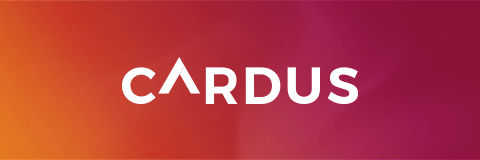There have been times when the most difficult thing about getting elected as a Conservative in Calgary was winning the nomination.This spring Brian Heninger won the Tory nomination for Calgary-Elbow - the seat vacated by retired premier Ralph Klein - by acclamation. Mr. Heninger's ambitions and talents were both laudable, as was an optimism that few other potential and ambitious Calgary Conservatives shared. But Calgary-Elbow had Liberal "upset" written all over it from the moment Mr. Klein's retirement was announced - and in Tuesday by-election Mr. Heninger lost to Liberal candidate Craig Cheffins. Calgary-Elbow, despite being held by the Conservatives since 1971, has been in play before. In making the transition from Calgary mayor to provincial MLA in Don Getty's government, Mr. Klein won the seat over Liberal Gib Clark by a mere 823 votes - roughly the size of Mr. Heninger's loss to Mr. Cheffins. Overcoming the relatively posh constituency's suspicions of his working-class roots, Mr. Klein then went on to more comfortable victories as premier, although his plurality slumped to 2,020 votes in the uninspired 2004 election.Into the latest electoral mix were thrown: Calgary's prolonged sulk over Edmonton-area Ed Stelmach's ascension to the premier's office to replace Mr. Klein; the low voter turnout typically associated with by-elections; and a series of increasingly angry criticisms of the provincial government by a Calgary mayor staunchly committed to his causes.Given all that, it comes as little surprise the Liberals were able to win this seat, particularly within Calgary's reality.Ever since Peter Lougheed's Progressive Conservatives swept to power in 1971 as the preferred party to the left of the Social Credit dynasty, Calgary has been a generally happy place for Conservative candidates. But by no means has it been as monolithically Tory as voting patterns created by Mr. Klein's populism from the mid-1990s until recently indicated.In 1986, for instance, Calgary elected 15 Tories (some narrowly), one Liberal and two - count 'em - New Democrats. Three years later, the election produced 13 Tories, three Liberals and the same two New Democrats. Liberals still managed to win three of 20 Calgary ridings in 1993, after Mr. Klein had become premier, although "Ralph's" popularity with the working man wiped out the New Democrats.Much of this context gets lost in discussions about the nature of change in Calgary. Liberal victories these days are commonly viewed as the result of newcomers importing their politics to the mix or - particularly among diehard Liberals prone to seeing themselves in the most fashionable intellectual categories - indications of a new urban sophistication. The truth - and there is much data to support this - is that Calgary is historically a much more pluralistic city politically than it has been fashionable to assume. The election of a clean slate of Tories, such as occurred in the 2001 election, hasn't been the norm since Mr. Lougheed's days and has never been the case when a non-Calgarian is premier. Even in 1997, when Mr. Klein appeared at the absolute height of his powers, Calgary Buffalo was retained by Liberal Gary Dixon.This week's by-election outcome is without doubt cause for Mr. Stelmach to be concerned about the health of the Tory franchise in Calgary. And it is a fabulous morale boost to the Liberals. But is Calgary changing so much that it is now possible to elect a Liberal? Well, maybe. But if it is, it might just be changing back to that which it was the last time a non-Calgarian was premier - a good but not yet great city full of a diversity of fresh ideas and established allegiances. Many other things have changed, but if we are to judge solely by its voting patterns, the current "new" Calgary looks an awful lot like the "old" Calgary of 20 years ago.PETER MENZIESPast publisher of the Calgary Herald and a senior fellow with the Work Research Foundation

